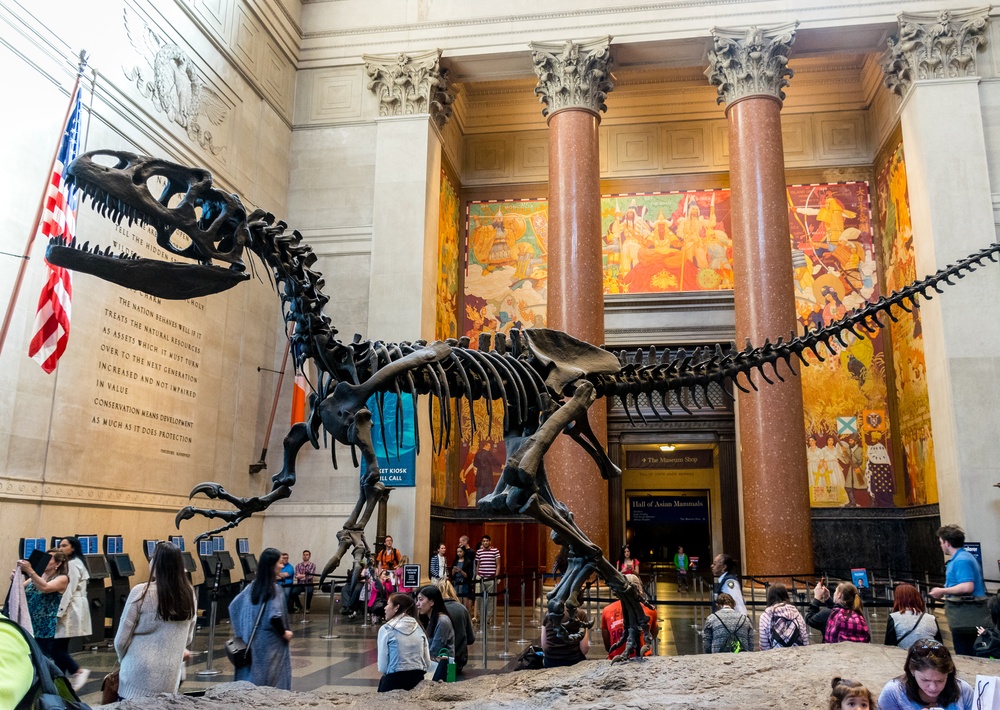Key Takeaways:
– A chemical analysis in Antarctica revealed the ancient remains of an asteroid, marking the oldest known mid-air explosion.
– Fossil evidences in Australia confirmed cyanobacteria’s photosynthetic capabilities 1.75 billion years ago.
– Dicyrtomina minuta springtails showed record-setting backflipping maneuvers in air.
– The Brazilian flea toad, Brachycephalus pulex, emerged as the world’s smallest known frog.
– A tiny fern, Tmesipteris oblanceolata, surprised scientists with a genome 50 times as large as a human’s.
– Researchers traced the oldest bioluminescence back to deep-sea corals about 540 million years ago.
– Scientists have crafted the tiniest and tightest knot yet with a string of gold, phosphorus, oxygen, and carbon atoms.
Record-Setting Midair Explosion
In a surprising discovery, remnants of an asteroid suggested to have exploded in the Earth’s atmosphere about 2.5 million years ago have been found deep under the Antarctic ice. Chemical analyses of nearly 120 microscopic rocks suggested they are rich in olivine and spinel minerals, typically found in asteroids.
The Phosphorescent Dawn of Life
Traces of life’s earliest days came to light with the discovery of a 1.75 billion years old photosynthetic cyanobacterium. Microfossils discovered in Australian rock pockets carried black horizontal lines, providing direct evidence of prehistoric photosynthesis through preserved structures resembling modern-day thylakoid membranes.
The Fastest Backflipping Arthropods
Dicyrtomina minuta springtails made a Guinness-worthy leap. These arthropods can launch themselves up to 60 millimeters high and spin at a record-breaking rate of 368 times per second.
The Tiniest Frog
The Brazilian flea toad (Brachycephalus pulex) made headlines as the world’s smallest known frog, at just 6.5 millimeters long. Its tiny size – small enough to sit comfortably on a pinkie fingernail – toppled the previous record by about one millimeter.
A Giant Leap in Genomics
In an exemplar of ‘small packets, big bangs,’ the Tmesipteris oblanceolata fern, just 15 centimeters in length, presented the world’s largest genome, a staggering 50 times that of a human being. If stretched, the DNA would cover a distance of 100 meters.
The Ancient Glow of Bioluminescence
Bioluminescence, the ability of organisms to produce light, was traced back to ancient deep-sea corals. Contrary to previous assumptions that bioluminescence began about 267 million years ago in an ancestor of sea fireflies, the latest findings revealed that the glow-in-the-dark feature evolved as early as 540 million years ago.
Crafting the Tiniest Knot
Stepping into record books, scientists created the smallest known molecular knot, featuring a string of 54 gold, phosphorus, oxygen, and carbon atoms. This trefoil knot shapes itself into a pretzel-like formation, crossing its path three times.
Conclusion
Record-breaking discoveries from the world of science have illuminated 2024. From the largest known genome in a miniature fern, to the earliest bioluminescent life, these discoveries reaffirm the boundless capacity of the scientific community for innovation and discovery. As we move forward, it’s exciting to think of what further mysteries the vast expanse of science will unfold.

